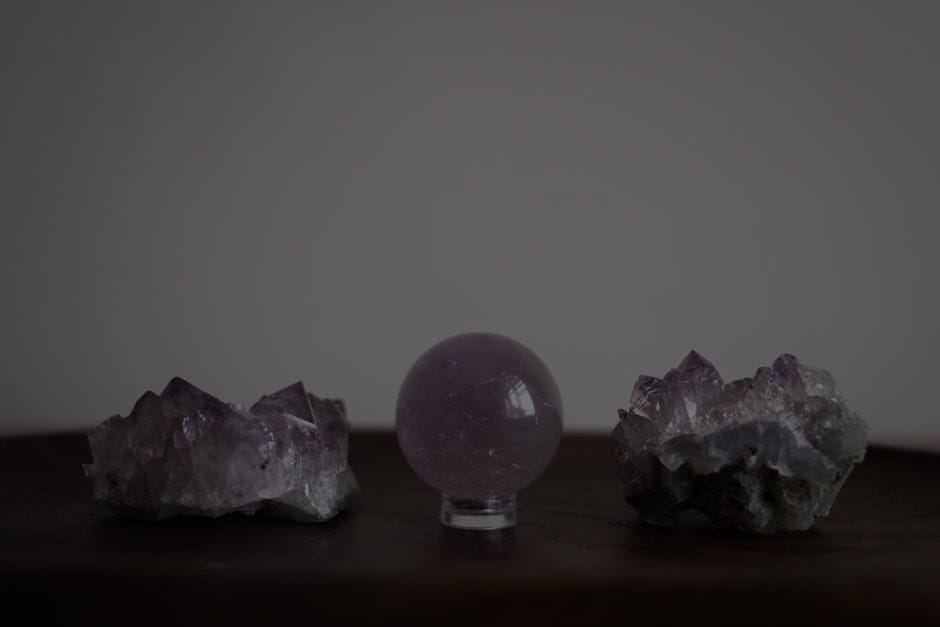**Abstract:** Discover the transformative power of Feng Shui Energy Ornaments for beginners. This guide offers essential insights to help you start harnessing their benefits for maximum impact in your space.
Understanding Feng Shui: The Basics
Feng Shui, the ancient Chinese art of placement, emphasizes the importance of harmonizing your environment. By aligning your surroundings with natural energies, you can enhance well-being and attract positive vibes. Energy ornaments play a pivotal role in this practice. They are not merely decorative items; they serve as conduits for energy, helping to balance the flow within your space. For beginners, understanding the fundamental principles of Feng Shui is crucial. This knowledge empowers you to make informed decisions about which ornaments to choose and where to place them for optimal results.
Choosing the Right Energy Ornaments
When selecting Feng Shui energy ornaments, consider their symbolism and the specific energies they represent. Common choices include crystals, wind chimes, and statues. For instance, amethyst is known for its calming properties, while citrine attracts wealth and prosperity. Wind chimes can disperse stagnant energy and invite uplifting sounds into your home. As a beginner, focus on items that resonate with your personal goals. Whether you’re seeking harmony in relationships, financial abundance, or enhanced creativity, aligning your ornaments with your intentions is key.
Placement Strategies for Maximum Impact
Placement is crucial in Feng Shui. Each area of your home corresponds to different aspects of your life, known as the Bagua map. For instance, placing a water feature or a blue ornament in the wealth corner can amplify financial opportunities. Similarly, positioning a love symbol in the relationship area can enhance romantic connections. As a beginner, start with one or two ornaments and observe how they influence your space and mood. Over time, you can expand your collection and refine your placements based on your experiences.
Creating a Harmonious Environment
Feng Shui energy ornaments are most effective in a harmonious environment. Declutter your space to allow energy to flow freely. Remove items that no longer serve you, as they can create stagnant energy. Once your space is clear, introduce your chosen ornaments gradually. Pay attention to how they interact with your surroundings and make adjustments as needed. The goal is to create a sanctuary that promotes relaxation and positivity. Remember, your home is a reflection of your inner self; nurturing it will lead to greater peace and fulfillment.
Maintaining Your Energy Ornaments
Regular maintenance of your Feng Shui energy ornaments is essential for their effectiveness. Dust and cleanse them periodically to ensure they remain vibrant and energetic. Crystals, for example, can absorb negative energy and require cleansing through methods like moonlight or saltwater. Wind chimes should be checked for any damage to maintain their sound quality. By caring for your ornaments, you enhance their ability to attract and radiate positive energy throughout your space.
Embracing the Journey of Feng Shui
As you embark on your journey with Feng Shui energy ornaments, remember that it’s a process of exploration and growth. Be patient with yourself and allow your understanding to deepen over time. Engage with the community of Feng Shui enthusiasts online, attend workshops, and read books to expand your knowledge. The more you learn, the more empowered you’ll feel in creating a harmonious environment that aligns with your goals. Ultimately, Feng Shui is about creating a life that feels good to you, and energy ornaments are powerful tools in that pursuit.
In conclusion, the journey into Feng Shui energy ornaments for beginners is both exciting and transformative. By understanding the principles, choosing the right ornaments, and placing them thoughtfully, you can create a space that nurtures your well-being and aspirations. Embrace this journey, and watch as your environment becomes a reflection of your inner harmony and joy.










